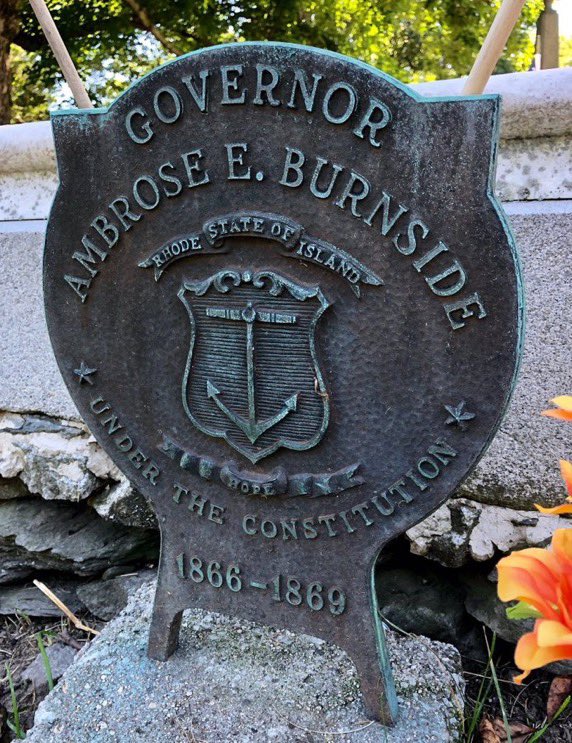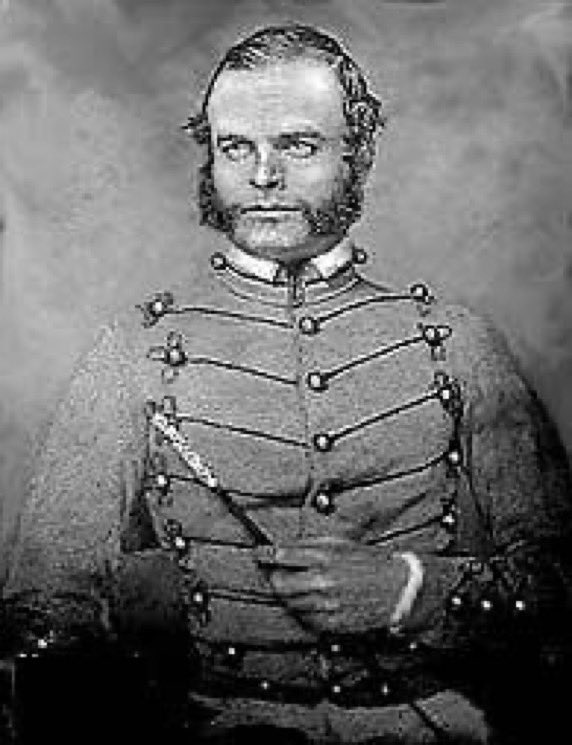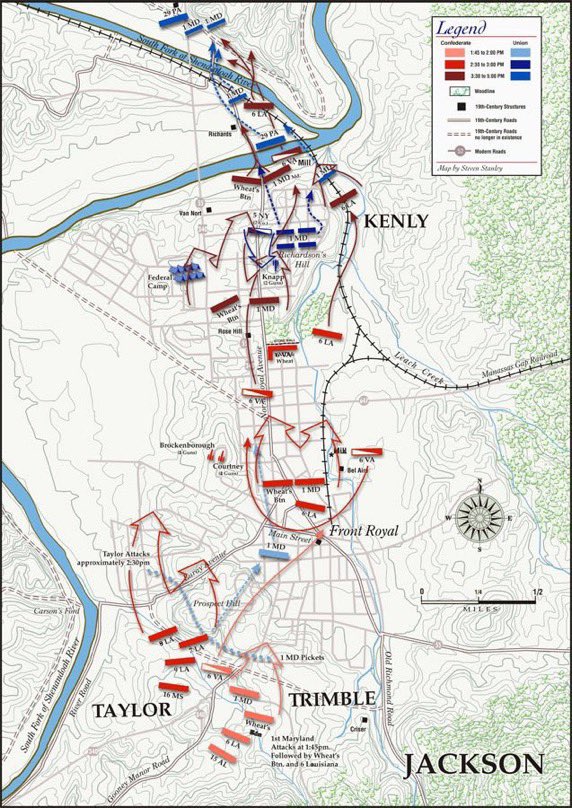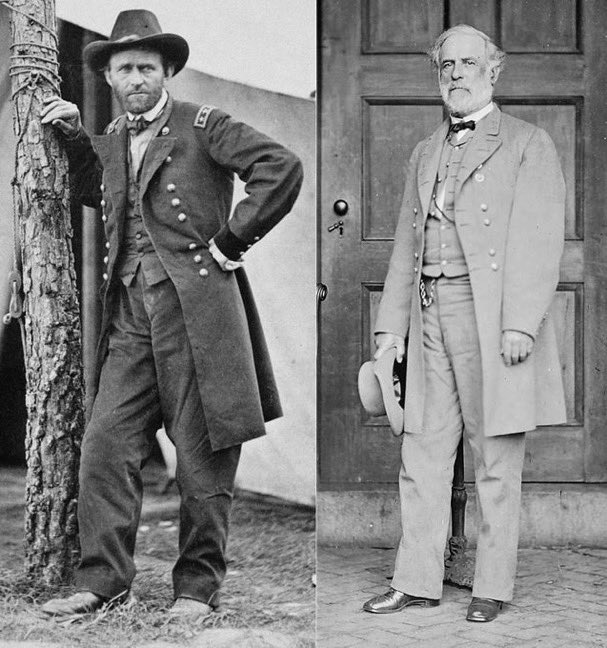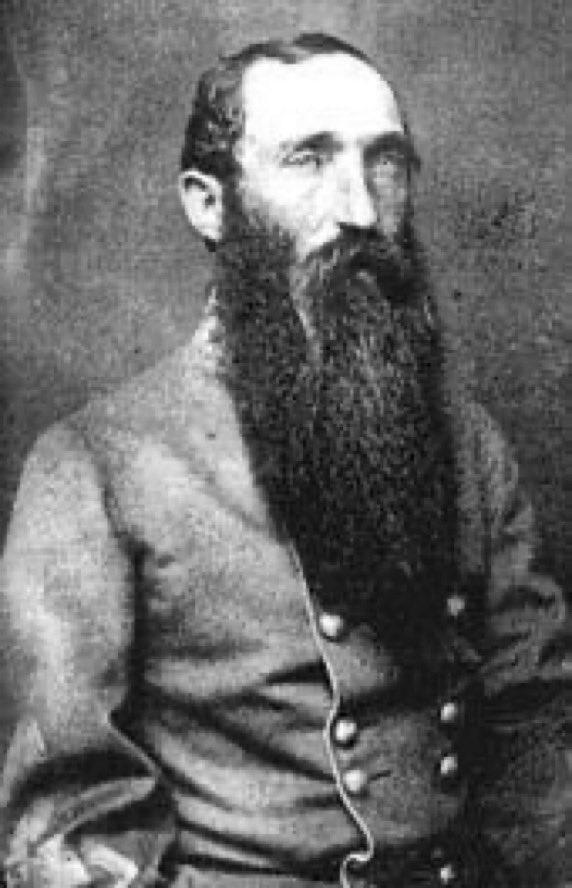General William H. French died #OTD in 1881, at the age of 66. A member of the West Point Class of 1837, he had been commissioned as an artillery officer, and served in the Second Seminole War and the Mexican-American War as aide to General (later President) Franklin Pierce.🧵 







French served mostly on the frontier, and at the outbreak of the #CivilWar was serving as a Captain in the 1st US Artillery at Fort Duncan, Texas. Rather than surrender his command to the local confederates, he marched them to the coast and sailed to Key West. 


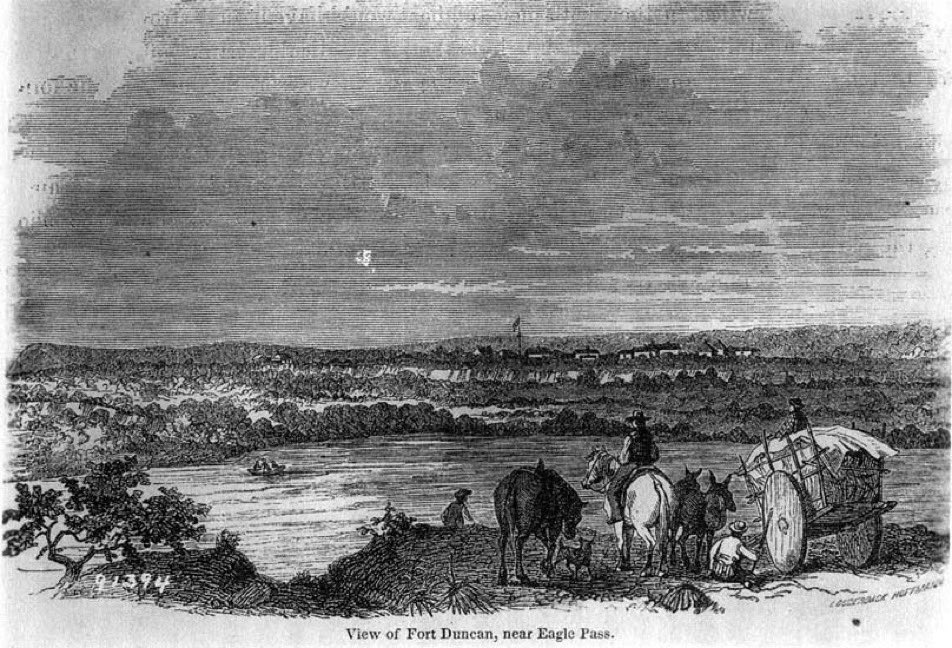


Promoted first to Major, and then quickly to Brigadier General, by September, 1861, French commanded a brigade in the Army of the Potomac. He led it with distinction during the Peninsula Campaign, and was promoted to command a division during the Northern Virginia Campaign. 





He led his division at the Battle of @Antietamnps1862, and again at the Battles of Fredricksburg and Chancellorsville. During the @GettysburgNMP Campaign, French commanded the garrison at @HarpersFerryNPS. 







Assuming command of III Corps, during the Mine Run Campaign in November, 1863, French was heavily criticized by General George Meade for failing to move quickly in crossing the Rapidan River, losing an opportunity to strike the flank of Lee’s army. 





French was relieved of command, and removed from volunteer service the following Spring. Reduced to the Regular Army rank of Lt. Colonel, he served on military boards or in the artillery in Washington DC for the remainder of the war. 
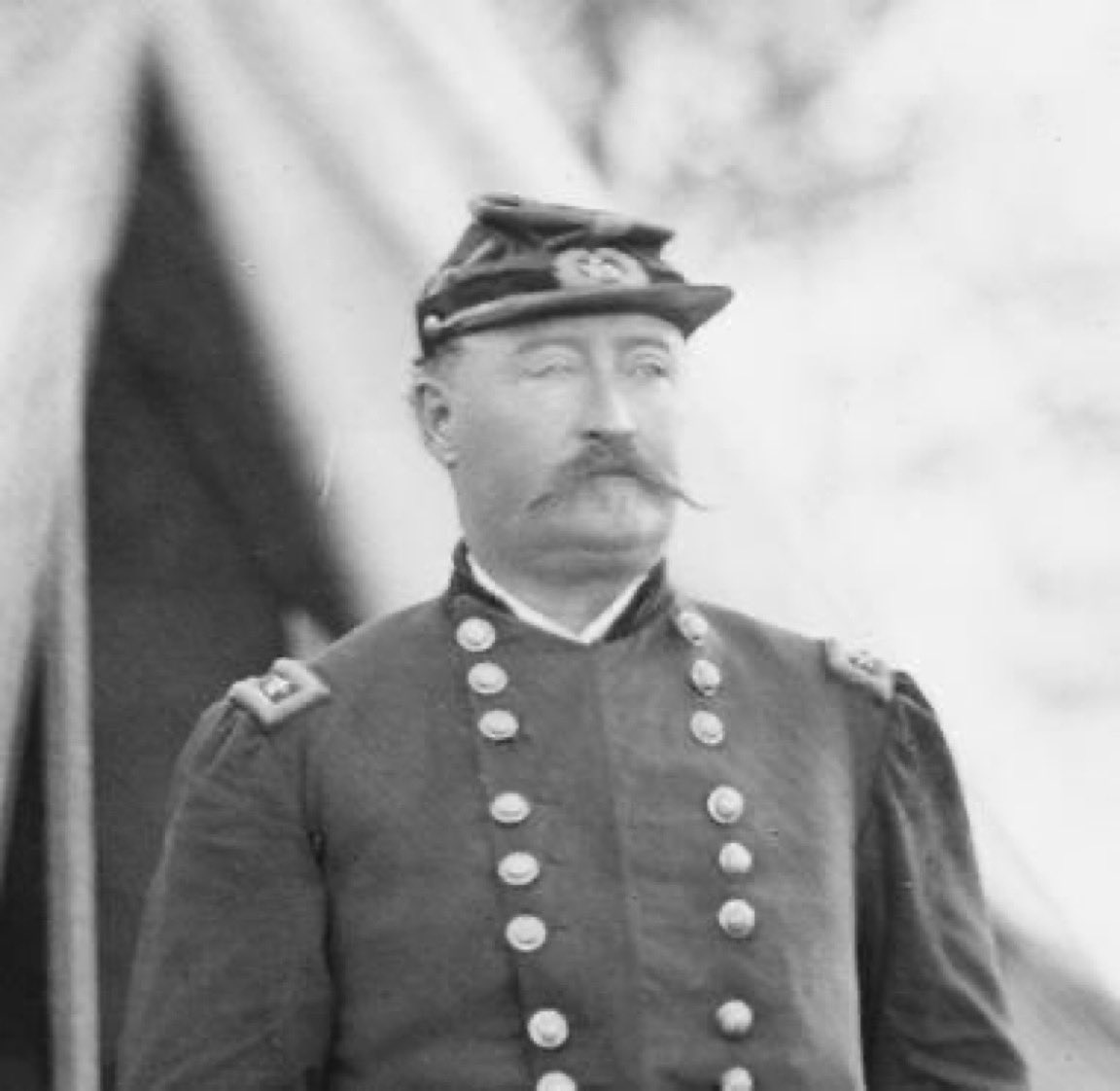
He continued to serve after the war, commanding Fort McDowell in San Francisco and @FortMcHenryNPS near Baltimore before retiring as a Colonel in 1880. He died the following year, and is buried in Rock Creek Cemetery in Washington, DC. 





• • •
Missing some Tweet in this thread? You can try to
force a refresh




